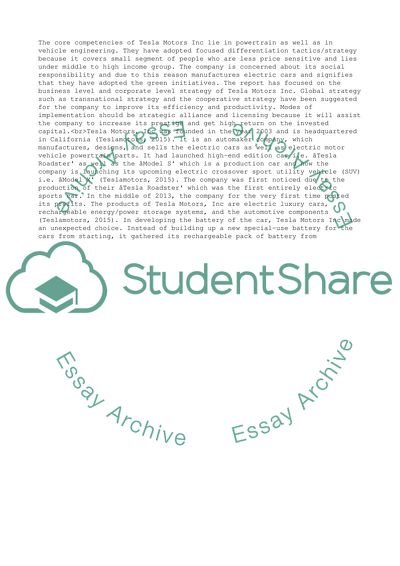Cite this document
(Tesla Report Essay Example | Topics and Well Written Essays - 4000 words, n.d.)
Tesla Report Essay Example | Topics and Well Written Essays - 4000 words. https://studentshare.org/management/1870320-tesla-report
Tesla Report Essay Example | Topics and Well Written Essays - 4000 words. https://studentshare.org/management/1870320-tesla-report
(Tesla Report Essay Example | Topics and Well Written Essays - 4000 Words)
Tesla Report Essay Example | Topics and Well Written Essays - 4000 Words. https://studentshare.org/management/1870320-tesla-report.
Tesla Report Essay Example | Topics and Well Written Essays - 4000 Words. https://studentshare.org/management/1870320-tesla-report.
“Tesla Report Essay Example | Topics and Well Written Essays - 4000 Words”. https://studentshare.org/management/1870320-tesla-report.


